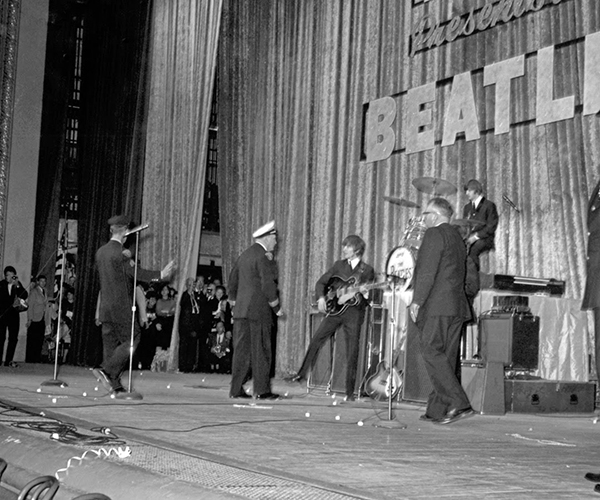He might as well have said 2025.
When Indians general manager Mark Shapiro traded Bartolo Colón in June 2002 and told the media the Tribe likely wouldn’t contend again until 2005, it sent a shock through those expecting an “Era of Champions” without end.
Shapiro was just being honest. But fans wanted a winning club every year. It seemed to many people the bad old days were back, and fans were looking for someone to blame. But by the end of the 2005 season, Shapiro had proven his deals were good ones. They had brought players such as Grady Sizemore, Coco Crisp, Ben Broussard, Travis Hafner and Cliff Lee to town — moves that all helped lift the team to 93 wins.
Akron Beacon Journal sportswriter Terry Pluto’s new book “Dealing” gives fans a front-office seat to the wrangling that built the Tribe into a 1990s powerhouse and follows that team as it becomes burdened with a skyrocketing payroll, aging players and fewer wins.
Pluto’s surprisingly frank interviews with Shapiro, former manager Mike Hargrove, Indians president Paul Dolan and current manager Eric Wedge provide a fascinating glimpse into the gritty business of running a competitive big league club. Shortly before Opening Day we talked to the author about his look inside our team.
When did you decide to tackle this topic?
At the start of last spring when I began to see Shapiro’s approach was probably going to work. … Watching the team go from 68 to 80 wins and seeing some of the young players coming in fascinated me. Then I did a story for our baseball section delineating how it took the Twins nine years and took the A’s seven years to get back into contention. I realized what [the Indians] were trying to do was really unprecedented on that budget. And they were doing it, yes, by getting prospects, but getting other teams’ prospects.
A lot of financial information about the Dick Jacobs era is available because he sold public shares in the team. Could you have written this book had that not happened?
It would have been a lot harder. … I think it lent a lot of credibility to how difficult it was for [Larry] Dolan coming in after that. He bought at the wrong time for the wrong price. As Paul Dolan said, you don’t get to pick when you buy the Cleveland Indians, they only come on the market when they do. … They had franchise fever. We’ve all been there. We fall in love with a car or a house and after the bills come in we think, I shouldn’t have paid that much.
When do you think it was clear to the front office rebuilding was a necessity?
I think deep down [former general manager] John Hart knew when he fired Hargrove after the ’99 season and brought in his old friend Charlie [Manuel]. … Shapiro, I think, sensed it even before that. … He called it “the fascination with other teams’ free agents,” where you start bringing in Wil Cordero and all these guys. … It’s like the CAT scans are coming in and the X-rays are here, but the patient doesn’t look that sick yet. You don’t want to do surgery even though there are symptoms.
What deal was the cornerstone of creating the Tribe team we have today?
If the Colón deal doesn’t work, we all go home. Even though Sizemore becomes your star out of that, [Cliff] Lee is very good and [Brandon] Phillips is still trying to make the team. Bartolo has gone out and won 20 games twice since then. … But that trade had to work. If it doesn’t, you don’t have your center fielder and you don’t have your 18-game winner and that team is lucky to win 80 games.
Among this season’s deals, which one are you watching with special interest?
I saw [third baseman Andy] Marte in spring training. He’s ready now. He is a big guy, kind of built like a bigger Jhonny Peralta. He has a lot of power. He’s only 22 and still not sure what he’s doing, but he does it pretty well — that’s the sign of a good young player.



